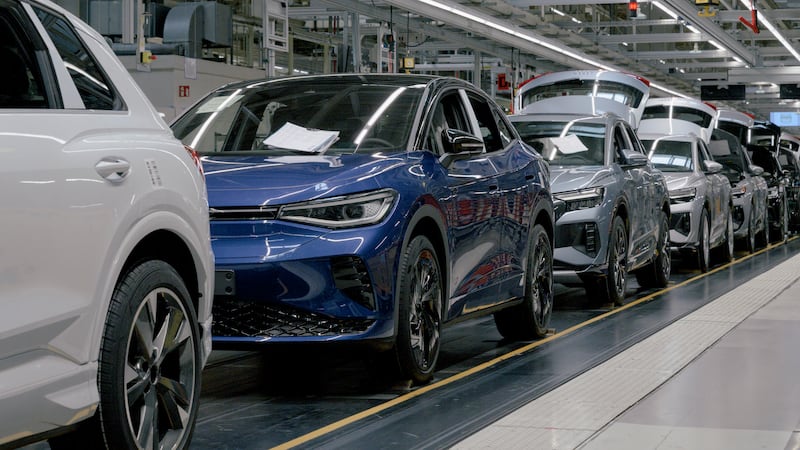Lexus has made good on its promise to show off its remarkable prototype hoverboard. The wheel-less skateboard has been developed using magnetic-levitation technology, the same wizardly that recently saw a prototype mag-lev train in Japan break the 400km/h barrier in testing. Just was was promised all those years ago by Back To The Future Part II, the board hovers a few millimetres above the ground, and while previous videos and pictures didn't show it bearing any weight, now Lexus has shown us the board being used by professional skater Ross McGouran.
It certainly seems to work anyway. We can see the board gliding along in a haze of liquid nitrogen smoke, needed to cool the superconducting ‘cryostats’ that generate the magnetic field. Sadly for now, the board will only work under very specific circumstances, and needs a specially prepared surface with a magnetic track. 200m of that track were designed and made by scientists from the IFW institute in Dresden and evico GMBH, and was transported to a specially-redesigned skate park in Barcelona for testing. The board and track have both been created from scratch in 18 months.
Mark Templin, Executive Vice President at Lexus International said: “Embarking on this project, we set out to push the boundaries of technology, design and innovation to make the impossible possible. With this project we call ‘SLIDE’, we collaborated with partners who share our passion for creating enjoyment out of motion. Even through combining our technology and expertise, we discovered making a hoverboard isn’t an easy process. We’ve experienced the highs and lows and have overcome a few challenges, but through mutual determination we have created a demonstration of our philosophy in design and technology to create Amazing in Motion.”
“I’ve spent 20 years skateboarding, but without friction it feels like I’ve had to learn a whole new skill, particularly in the stance and balance in order to ride the hoverboard. It’s a whole new experience,” said test rider Ross McGouran.
Dr. Oliver de Hass, evico CEO, said: “The magnetic field from the track is effectively ‘frozen’ into the superconductors in the board, maintaining the distance between the board and the track—essentially keeping the board hovering. This force is strong enough to allow the rider to stand and even jump on the board.”
What remains unanswered is precisely why Lexus is working on such technology. The company has pervasively stated that the hoverboard will not be offered for sale, and there is no immediate application for the technology in cars. In fact, the only connection to Lexus’ car range seems to be the appearance in the video of a GS-F towards the end, which the hoverboard is used to leap over.
It is just possible that Lexus sees a future in levitating, frictionless cars, although the investment needed to bring such technology to the market would be little short of staggering. Perhaps then, this project is for Lexus more like the ASIMO robot project is for Honda – they're doing it because they can and because it's interesting.














